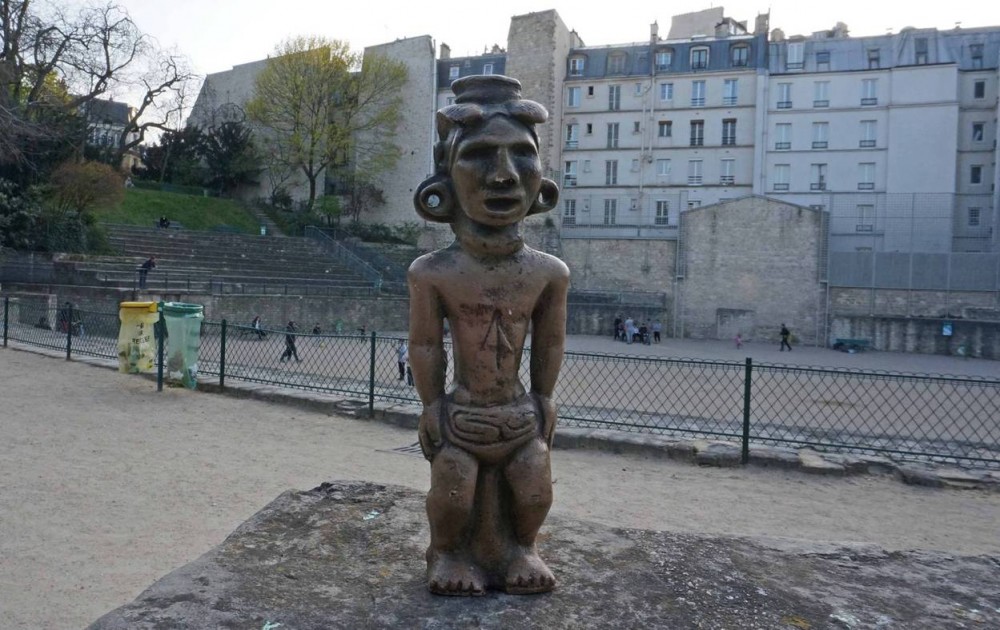Cookies in Collections
Ready to cook up a holiday tradition? Learn more about artifacts related to baking cookies in the collections of the Ohio History Connection.
Among the highlights of my recent trip to Paris, was discovering the ruins of the 1st century A.D. Roman city of Lutetia half hidden within the modern cityscape. One of the sites lies in the shadow of the the great cathedral of Notre Dame. Here excavations have revealed the buried remains of several ancient Roman structures, including portions of Lutetia’s wharf.
These remains are preserved and displayed in the Archaeological Crypt at Notre Dame. Using dramatic lighting, sound effects of water lapping against the stones, and projections of digital recreations of the Roman city, the exhibits bring the ancient ruins to life. In another part of Paris, 19th century construction activities revealed one of Lutetia’s most important landmarks — the Les Arènes de Lutèce.
The celebrated author Victor Hugo argued persuasively on behalf of preserving the amphitheater in a letter he sent to the Municipal Council of Paris: “Mr. President, it is not possible that Paris, the city of the future, would abandon the living proof that it was the city of the past. The past brings forth the future. Arenas are the ancient mark of a grand city. They are a unique monument. The municipal council that would destroy them would thereby somewhat destroy itself. Preserve the Arènes de Lutèce. Preserve it at all costs. You will be doing a good deed and, what is more, you will be setting a grand example.”
Today, thanks to the efforts of Hugo and other community leaders, young boys playing soccer and older gentlemen playing Pétanque bring that ancient landscape to life. The grand amphitheater is, once again, a center of the community. As I walked across the sand of the restored Roman arena, dodging soccer balls and imagining I could hear the echoes of Russell Crowe’s defiant shout “Are you not entertained?,” it occurred to me that Roman Paris was contemporary with Ohio’s Adena culture and the man sculpted on the Adena Effigy Pipe was alive, if half-a-world away, at the time this amphitheater was built.
In the exhibits at the Notre Dame Archaeological Crypt, there is a panel with the following wonderfully evocative title — “l’archãcologie mãe moire de la ville” The idea that the archaeological record of Paris, or Chillicothe or Newark, is the memory of that city is a rich metaphor and speaks to the profound significance of archaeology as a means of recovering the all but forgotten memories of these historic places.
The Adena Effigy Pipe and the Les Arènes de Lutèce. both are ancient memories awakened through the science of archaeology and it seems somehow appropriate that they have now come together in the city of the future.
Thanks to Adria Seccareccia for assistance with the translation of the text of the Victor Hugo letter.
Brad Lepper